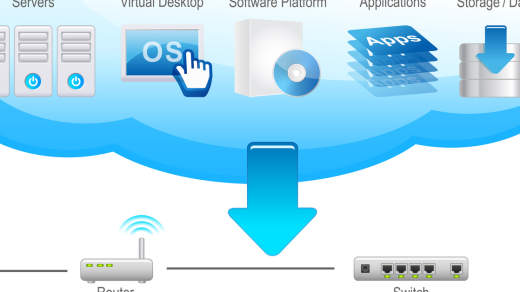Discover the ultimate guide to Open Source Software Licenses with this comprehensive comparison grid.
Comparison of Open Source Licenses
| License | Commercial Use | Modification | Distribution | Patent Grant | Liability |
|---|---|---|---|---|---|
| GNU General Public License (GPL) | Yes | Yes | Yes | Yes | No |
| MIT License | Yes | Yes | Yes | No | Yes |
| Apache License 2.0 | Yes | Yes | Yes | Yes | Yes |
| BSD 3-Clause License | Yes | Yes | Yes | No | Yes |
Popular Open Source Licenses
The **GNU GPL** is a copyleft license that ensures any derivative work is also open source, while the **MIT License** is more permissive, allowing for the software to be used in proprietary projects.
Another popular choice is the **Apache License**, which provides more explicit patent protection compared to other licenses. On the other hand, the **BSD License** is known for its simplicity and lack of restrictions.
Understanding the differences between these licenses is crucial for developers looking to contribute to open source projects or use open source software in their own projects. It’s important to choose a license that aligns with your goals and values as a developer.
By familiarizing yourself with the nuances of each license, you can ensure that your work is protected and that you are in compliance with the terms of the license. Whether you are looking to contribute to a project or use open source software in your own work, understanding these licenses is essential.
Understanding Open Source Licenses
When it comes to open source licenses, it is crucial to understand the different types and their implications. Licenses such as the GNU Affero General Public License and the WTFPL serve different purposes and have varying requirements for users.
The Open Source Initiative provides a comprehensive list of approved licenses that ensure free content and promote the free software movement. Understanding the differences between licenses like the Artistic License and the Unlicense is essential for developers and organizations looking to use open source software.
Each license governs how source code can be used, modified, and distributed, so it is important to review the terms carefully before incorporating software into a project. Whether you are working with proprietary software or exploring the world of open source, knowing the ins and outs of licenses is key to avoiding legal issues and protecting intellectual property.
By familiarizing yourself with the Free Software Definition and the Open Source Definition, you can make informed decisions about which licenses align with your goals. From video game modding to enterprise software development, the right license can make all the difference in how your project is shared and utilized.
Whether you are a developer contributing to projects like Debian or Fedora Linux, or an organization implementing Software Package Data Exchange, understanding licenses is essential for collaboration and compliance. From the NASA Open Source Agreement to the European Commission‘s guidelines, licenses play a critical role in the software development process.
By paying attention to details such as patent claims, warranties, and copyright notices, you can ensure that your use of open source software is in line with licensing requirements. Whether you are an individual licensee or a corporation implementing open source solutions, knowing the terms of your licenses is key to avoiding legal disputes.
By taking the time to review and understand open source licenses, you can make informed decisions about how to incorporate open source software into your projects. From choosing the right license for your project to ensuring compliance with licensing terms, understanding open source licenses is essential for developers and organizations alike.



